Vinegar, with its low pH, is commonly known for its acidic nature. Despite this acidity, consuming vinegar doesn’t typically impact the body’s natural pH levels, which generally remain stable unless affected by an underlying medical condition.
These versatile liquids find their place in various aspects of daily life, from cooking and food preservation to cleaning routines.
Certain vinegars, notably apple cider vinegar, have garnered attention in the alternative health sphere, with claims of exerting an alkalizing effect on the body. However, the presence of acid in vinegars prompts the question: Is vinegar an acid or base?
This article delves into the acidity or alkalinity of vinegar and explores its implications for health.
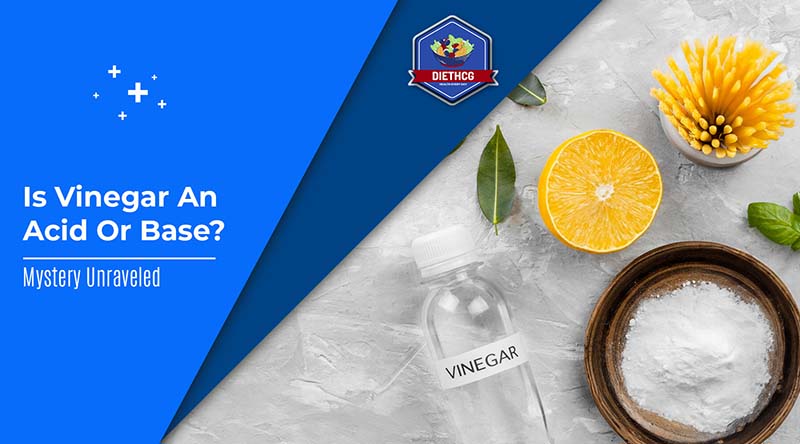
1. What Is Vinegar?
Vinegar is a mix of acetic acid and water, created through a two-step fermentation process. At first, yeast munches on the sugars or starches found in liquids from plant foods like fruits, whole grains, potatoes, or rice. This turns the liquid into alcohol. Then, the alcohol goes through more fermentation when it meets oxygen and the acetic acid bacteria Acetobacter. This process can take a few weeks or months before it turns into vinegar. The U.S. Food and Drug Administration says vinegar needs to have at least 4% acetic acid to meet the rules, but often, the ones we use have up to 8%. Acetic acid is what gives vinegar its tangy taste and strong smell, but it also has tiny amounts of important stuff like vitamins, minerals, amino acids, and polyphenolic compounds. Vinegar’s taste can vary from sour to savory to sweet, so there’s something for everyone’s taste buds. Some vinegars, like balsamic, can sit and ferment for as long as 25 years, which gives them really special and complex flavors.
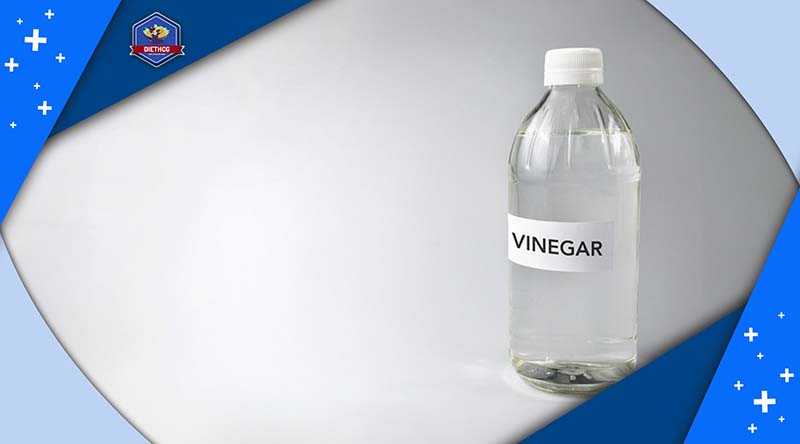
2. Popular Types of Vinegar
The vinegar aisle might seem overwhelming with its wide array of options, but understanding the different types of vinegar becomes simpler when you know what sets them apart. Typically, the type of vinegar is determined by its ingredients and refining process. Here are some popular varieties of vinegar and their recommended uses:
2.1 Balsamic Vinegar
Ideal for: Dressings, glazes, drizzles, dips, marinades, reductions
Think of balsamic vinegar as the top-tier option in the world of vinegars. This staple of Italian cuisine is made from pressed grape juice, giving it a smoother and fruitier taste compared to other vinegars. Its deep red hue comes from grapes, although it may be blended with other fruits for added depth. Loved for its sweet flavor and thick, syrupy consistency, balsamic vinegar is perfect for drizzling over dishes or using in dips and marinades. Some even use it to create flavorful reductions for cocktails.
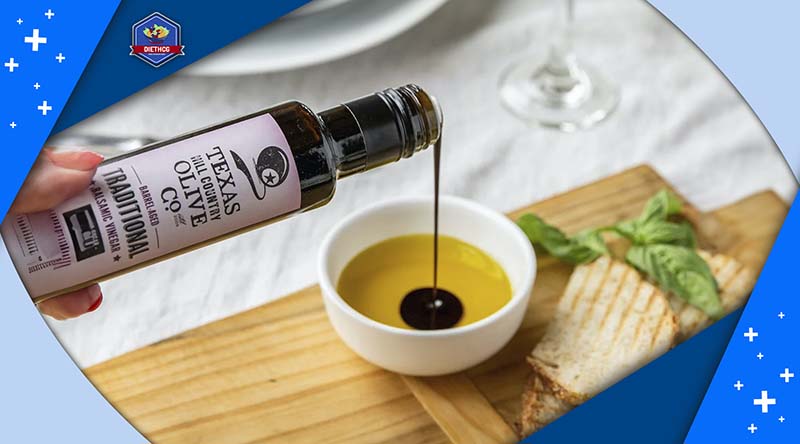
2.2 Distilled White Vinegar
Great for: Pickling, cleaning, gardening, poaching eggs, baking
Distilled white vinegar, on the other hand, is like the reliable family sedan of vinegars – essential but not flashy. Made by distilling vinegar with steam heat, it becomes pure acetic acid, devoid of any nutrients. While not suitable for most cooking tasks due to its lack of flavor, it’s the preferred choice for pickling as it won’t alter the color of your food. It’s also commonly used for household chores like cleaning and gardening.
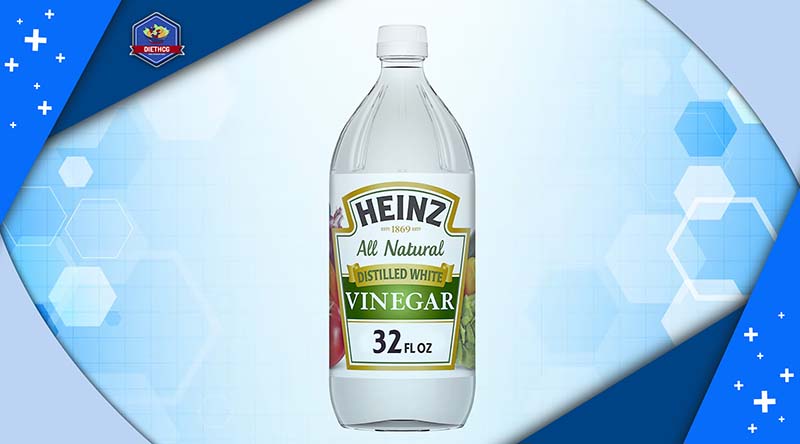
2.3 White Wine Vinegar
Ideal for: Brining, condiments, pickling, dressings, sauces, drizzles, soups, stews, fillings, marinades
Made from fermented and oxidized white wine, white wine vinegar boasts a subtly fruity flavor profile, making it a versatile ingredient in various recipes. Unlike red wine vinegar, it won’t stain your dishes, making it perfect for brining and pickling. It’s a staple in classic sauces like hollandaise and béarnaise, as well as in vinaigrettes.
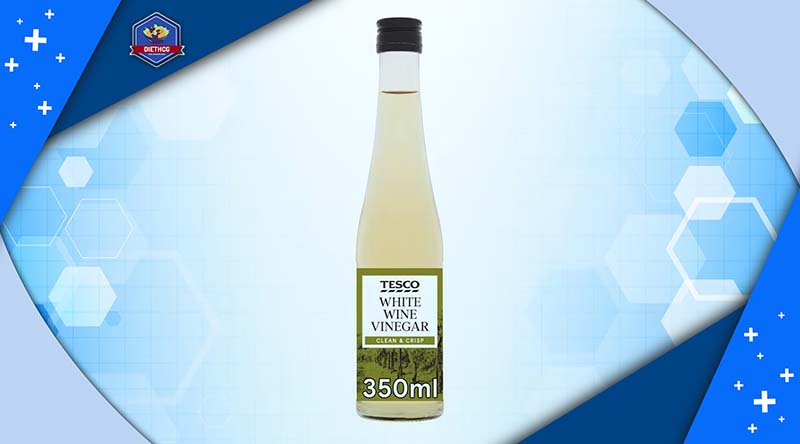
2.4 Red Wine Vinegar
Great for: Dressings, sauces, pickling, marinades, mignonette
Similar to white wine vinegar, red wine vinegar is made from grapes but from red wine instead. While it can be used in similar ways to white wine vinegar, its red color may not be ideal for pickling, but it’s perfect for dressings, sauces, and marinades. It’s essential for classics like red wine vinaigrette and mignonette.
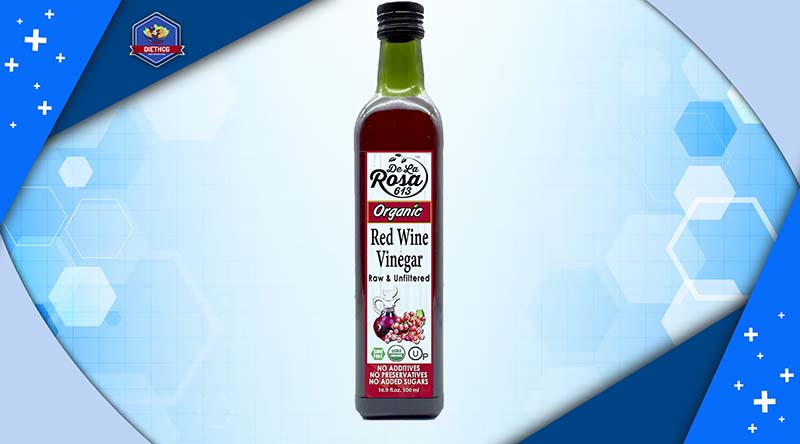
2.5 Champagne Vinegar
Ideal for: Dressings, marinades, sauces, drizzles, cocktails
Champagne vinegar, crafted from white grapes and possibly other fruits, offers a mild and delicate flavor profile, making it a perfect fit for elegant dressings and marinades. It can even be used to add a zing to cocktails.
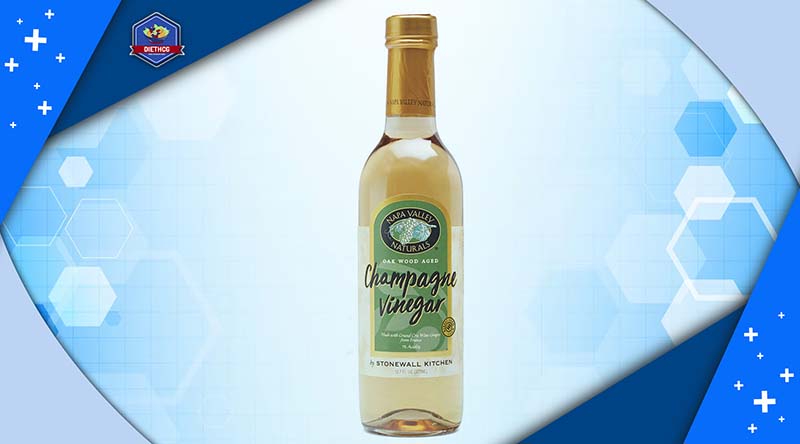
2.6 Sherry Vinegar
Ideal for: Dressings, glazes, drizzles, dips, marinades, reductions
Sherry vinegar, a Spanish and Basque favorite, is made by fermenting fortified wine in oak barrels, resulting in a complex flavor profile. Though not as popular as balsamic vinegar, it’s gaining traction among chefs for its versatility in various dishes.

2.7 Apple Cider Vinegar
Great for: Health uses, pickling, marinades, sauces
Apple cider vinegar, known for its health benefits, is made by fermenting apple sugars into acetic acid, giving it a tangy flavor. Besides its health perks, it’s commonly used in cooking for marinades, dressings, and sauces.
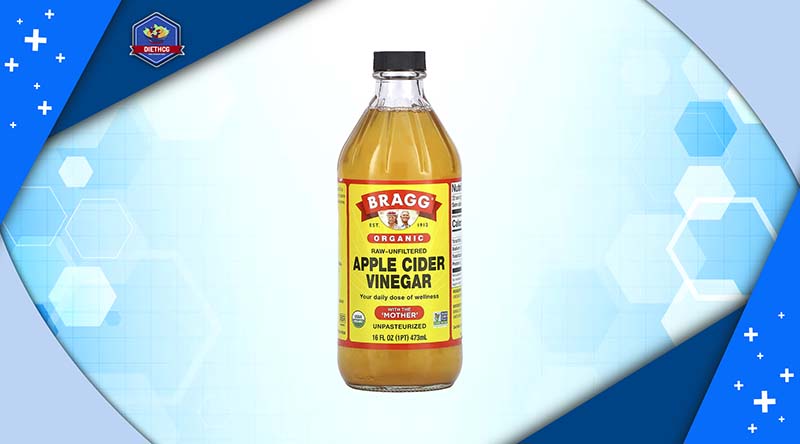
2.8 Rice Vinegar
Ideal for: Sauces, marinades, dressings, stir-fry, rice
Rice vinegar, a staple in Asian cuisine, is made from rice wine and offers a mild and slightly sweet flavor. It’s perfect for adding a subtle punch to sauces, marinades, dressings, and stir-fries.
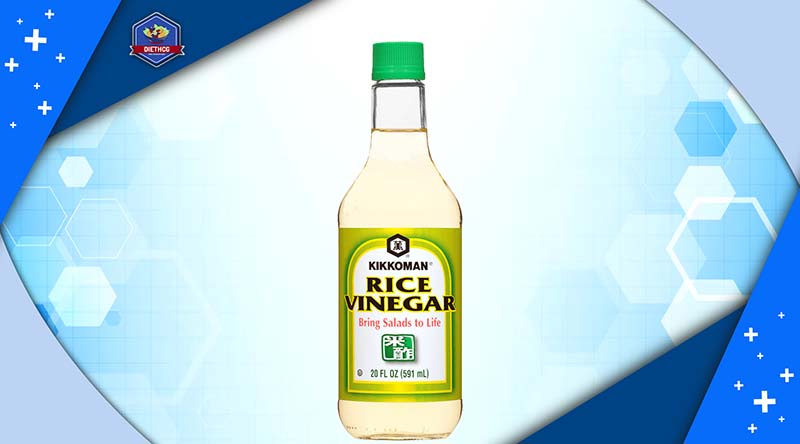
2.9 Malt Vinegar
Great for: Condiments, dips, dressings, sauces, pickling
Malt vinegar, often found in bars and pubs, is made by malting barley, resulting in a nutty and citrusy flavor profile. It’s commonly used as a condiment for fish and chips or in dressings and sauces.
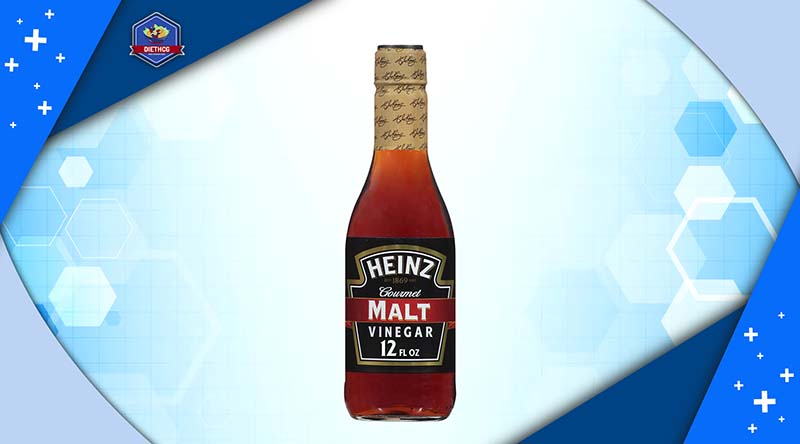
2.10 Black Vinegar
Great for: Condiments, dips, dressings, braises, sauces
Black vinegar, made from glutinous rice, has a woody and smoky flavor, commonly used in Asian cuisines as a dipping sauce or for braising meats.
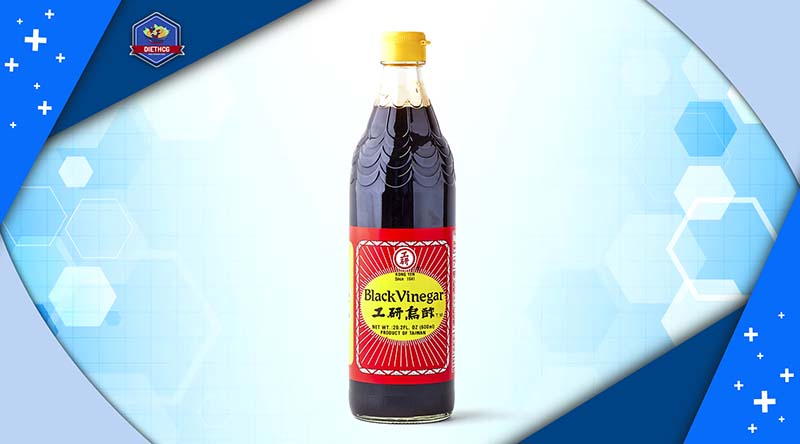
Understanding the characteristics and uses of different vinegars can help you choose the right one for your culinary needs, whether you’re pickling, marinating, or creating delicious dressings and sauces.
3. What Is Ph?
pH, short for “potential of hydrogen,” is a measure used to determine whether a substance is acidic or alkaline (basic). It represents the concentration of hydrogen ions in a solution.
On the pH scale, which ranges from 0 to 14:
- Values from 0.0 to 6.9 are considered acidic.
- A pH of 7.0 is neutral.
- Values from 7.1 to 14.0 are alkaline (or basic).
The human body typically maintains a slightly alkaline pH level, with a range between 7.35 and 7.45. This balance is crucial for normal bodily functions, and organs like the kidneys and lungs continuously regulate the blood’s pH to keep it within this narrow range.
Deviation from this optimal pH range can lead to severe health consequences, as it may disrupt vital internal processes or even cause them to cease functioning altogether.
Importantly, changes in the body’s pH usually happen in specific disease states and are not affected by diet.
4. Is Vinegar an Acid or a Base?
Vinegar is an acid. It derives its sour taste from acetic acid, which is produced when bacteria ferment alcohol. Typically, vinegar has a pH ranging from 2 to 3, indicating its acidic nature.
5. Comparing the Ph of Apple Cider Vinegar and White Vinegar
Apple cider vinegar and white vinegar, despite their different sources, undergo similar processes to become acidic. Both start with fermentation of sugars into alcohol, followed by the action of acetic acid bacteria to convert the alcohol into acetic acid.
In terms of acidity levels, apple cider vinegar typically contains 5%-6% acetic acid, while white vinegar contains 4%-7% acetic acid. This makes their acid levels quite comparable.
Regarding nutritional content, both vinegars generally lack significant amounts of vitamins and minerals, containing only trace amounts.
Despite these similarities, some individuals may mistakenly believe that apple cider vinegar is alkaline due to its association with apples, which are considered “alkalizing” foods. However, it’s crucial to note that apple cider vinegar and apples are distinct foods with different nutritional profiles. Nutritionally, apple cider vinegar is more akin to other vinegars than it is to apples. There’s no scientific evidence to support the notion that apple cider vinegar has alkalizing properties.
6. The Importance of Ph in Food
The pH of food plays a crucial role in several aspects, including production, safety, quality, and taste. The pH scale measures acidity or alkalinity, ranging from 0 (most acidic) to 14 (most alkaline), with 7 being neutral. Foods with a pH above 4.5 are labeled low-acid, while those below 4.5 are considered acidic.
Here’s how pH impacts various aspects of food:
- Production: pH levels influence the rate and extent of chemical reactions during food production, like fermentation and enzymatic activities.
- Taste: Changes in pH affect taste perception, with acidic foods tasting sour and alkaline foods having a bitter taste.
- Texture: pH alterations can modify food textures, impacting consumer enjoyment.
- Appearance: pH levels directly affect the color and visual appeal of fruits and vegetables, with slight pH changes leading to differences in color and texture.
- Safety: Microbial growth depends on pH, with acidic environments inhibiting the growth of spoilage and pathogenic microorganisms.
- Preservation: Maintaining an appropriate pH prolongs the shelf life of food products by preventing harmful microbe growth.
- Flavor intensities: pH adjustments can enhance or reduce flavor intensities, such as sourness, bitterness, or sweetness.
To manage pH levels accurately, food manufacturers utilize advanced tools like pH meters and buffers to maintain the desired pH throughout production. Ensuring proper pH control is essential for producing safe, high-quality, and consistently enjoyable food products.
7. Health Benefits of Vinegar
While vinegar consumption may not significantly impact your body’s pH, it offers potential health benefits:
- Antibacterial Properties: Vinegar’s acidic nature makes it effective as a natural disinfectant and food preservative, potentially inhibiting the growth of harmful bacteria like E.coli.
- Heart Health: Animal studies indicate that vinegar may lower blood pressure, cholesterol, triglycerides, and other risk factors associated with heart disease. However, more research is needed to confirm its effects in humans.

- Improved Insulin Sensitivity: Some studies suggest that vinegar can enhance insulin sensitivity and reduce blood sugar levels, particularly beneficial for individuals with type 2 diabetes.
- Weight Management: Preliminary research hints at the potential of vinegar, including apple cider vinegar, in promoting weight loss by suppressing appetite and reducing calorie intake. However, further studies are necessary to validate these claims and establish conclusive evidence.

8. Things to Keep in Mind When Using Vinegar
When using vinegar, especially for cleaning purposes, it’s essential to consider the following:
- Type of Vinegar: Opt for cleaning vinegar or white vinegar, as they are commonly chosen for cleaning tasks. Avoid using apple cider vinegar or wine vinegar.
- Effectiveness as a Disinfectant: While vinegar can act as a disinfectant to some extent, it may not be as potent as bleach or commercial cleansers. For thorough disinfection, consider using a disinfectant spray or bleach solution.
- Surface Compatibility: Vinegar’s acidic nature can damage certain surfaces like natural stone, waxed wood, cast iron, and aluminum. Test vinegar in a hidden area before widespread use.
- Avoid Mixing with Other Chemicals: Never mix vinegar with bleach or hydrogen peroxide, as it can produce harmful vapors.
- Set Cleaning Time: Allow vinegar to sit for up to 30 minutes for effective cleaning or disinfection. For example, soak food-stained pots and pans in a diluted vinegar solution before rinsing thoroughly.
- Avoid Use on Specific Items: Refrain from cleaning knives (can damage finish), small appliances with rubber parts or low-quality stainless steel (may corrode), washing machines (can harm rubber seals and hoses), and stone countertops (may etch and dull natural stone) with vinegar.
- Acidity Level for Home Canning: Ensure vinegar used for home canning has at least 5% acidity to safely preserve products. Vinegars with less than 5% acidity may not provide sufficient acid for safe preservation.
- Shelf Life: Vinegar has an indefinite shelf life due to its high acidity level (pH of 2-3), making it self-preserving and resistant to spoiling.
9. Conclusion
In conclusion, vinegar’s acidity is undeniable, making it clear in response to the question ‘Is Vinegar an Acid or Base?‘ that vinegar is indeed an acid, but its effect on health remains nuanced. We’d love to hear your experiences and insights! Share your stories and feedback with us. And don’t forget to explore more informative blogs on DietHCG for further insights into the world of vinegar and its benefits. Happy reading!


